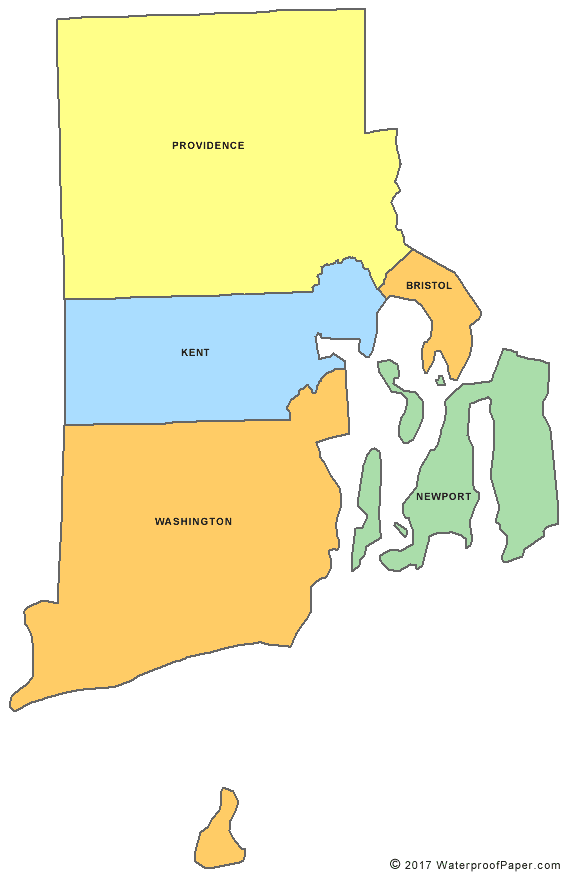Hosea Easton was a lecturer, abolitionist, writer, and Congregationalist minister. Born in Middleborough, Massachusetts in 1798 of mixed Anglo, African, Wampanoag, and Narragansett ancestry, Easton was the youngest child of James Easton and Sarah Dunbar Easton. Hosea Easton came from a long line of activists. His nephew, Benjamin Roberts, would, in 1849, sue the Boston School Board for race discrimination when Roberts’s five year old daughter, Sarah, was denied admission to an all-white school.
Originally the slaves of Nicholas Easton, a founder of Newport, Rhode Island, the black Eastons were freed by white Quaker members of the Easton family. By the late eighteenth century, the Eastons were part of the African American elite in New England. James Easton was self-educated and later opened a manual labor school for black youth, which Hosea attended in 1816.
During the 1820s, Hosea Easton, his wife, Louisa Matrick Easton, and their two children moved to Boston, where he pursued a career in the ministry and at the same time rose among the ranks of abolitionist leaders. Easton was also gaining a powerful reputation as an effective abolitionist lecturer. In 1828, he delivered his “Thanksgiving Day Address” to the “coloured people” of Providence, Rhode Island, in which he attacked slavery and racism. In the same speech, Easton was encouraging to the black members of his audience, extolling the practice of “racial uplift” through education.
As his reputation as an abolitionist leader grew, so did his ministry. Five years after the Thanksgiving Day speech, he took over the pastorate of the Talcott Street Congregationalist Church in Hartford, Connecticut. Racial tensions ran high in Hartford during the 1830s and anti-black harassment and violence were commonplace. In 1835, a confrontation between whites and blacks took place outside of Easton’s church. The following year, Easton took over the pastorate of the Colored Methodist Episcopal Zion Church. Soon after Easton had begun his new job, a fire destroyed the church building.
The fire demoralized Easton. Several months before his death, he published his “Treatise on the Intellectual Character, and the Civil and Political Condition of the Colored People of the United States,” in which he concluded that racial uplift could not succeed in a white dominated society that physically terrorized black Americans.


